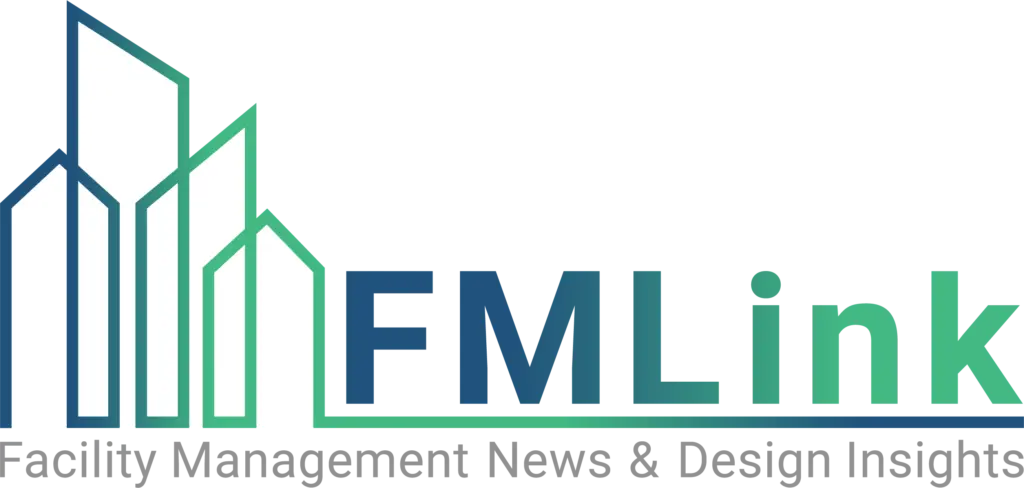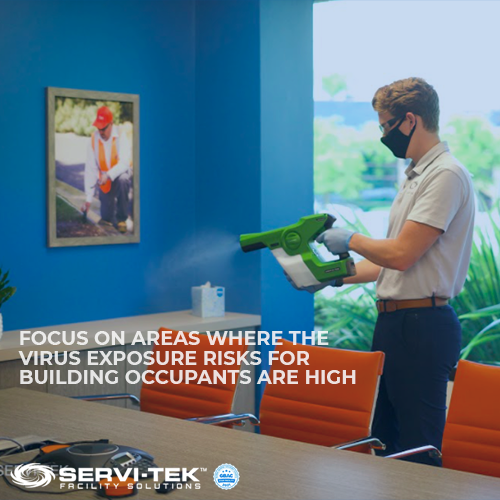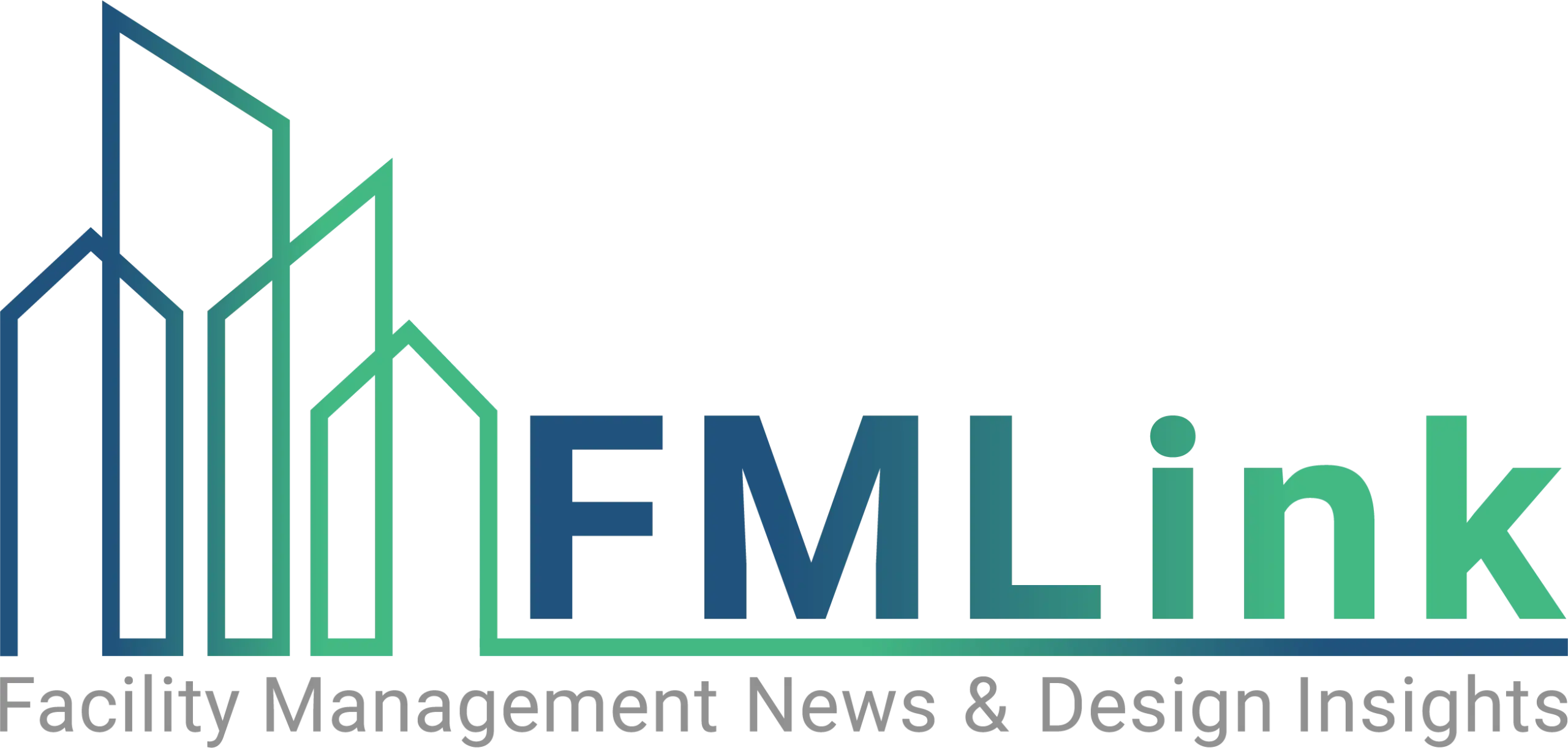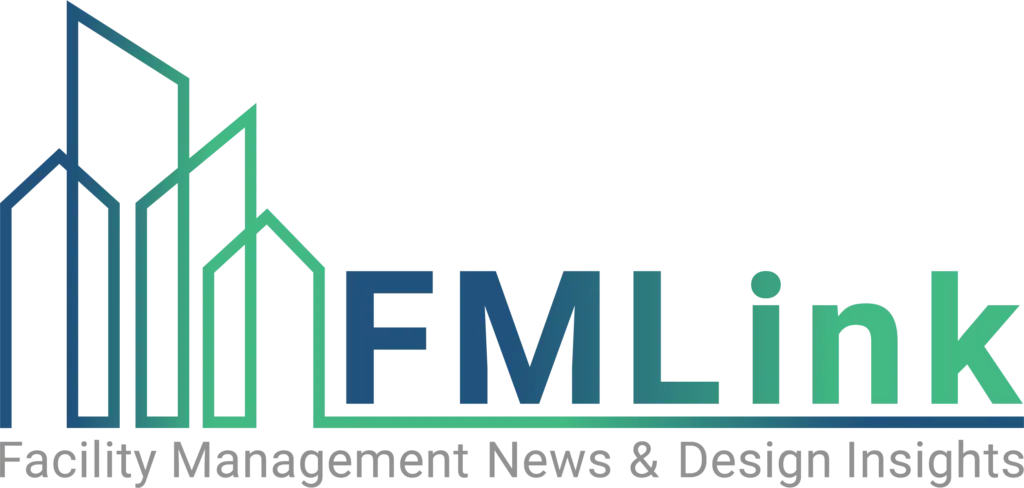Explosive growth in mobile, SaaS/ cloud and other smart computing innovations helped make 2013 a banner year for enterprise software solutions — a category that includes facility management applications like computerized maintenance management software (CMMS) and building information modeling (BIM) systems. According to Gartner, a technology research firm, businesses worldwide spent nearly US$300 billion on these products last year — a 6.4 percent increase over the previous year — and growth is expected to accelerate further through 2014. In the U.S., overall investment in software has risen 19 percent since its previous peak in 2007.
A number of factors have contributed to this surge in popularity. Mobile and SaaS/cloud platforms provide broad, flexible access to these solutions, which has cut down on hardware costs and made it easier to add users and sites. User interfaces are becoming more streamlined and customizable. Feature sets are growing more powerful, and encompassing larger, more complex workflows, processes and operations.
Each of these factors carries different benefits for different people, but for the typical executive or manager, they all spell one thing: ROI. The case for investing in enterprise software solutions is, in other words, getting stronger and stronger, and the amount of money being spent on them suggests that facilities executives and managers are buying in.
But this can actually present a problem: In many cases, the process of investigating the value and need for such solutions begins with the executive/ management team and ends with the final purchase. The end users who will be chiefly responsible for the success of the software are often only involved late in the process, if at all.
Denied the opportunity to voice their opinions early on, these key stakeholders often balk when they’re asked to substitute familiar processes for new software-based ones, even if doing so will make their jobs easier.
This helps explain why, according to surveys, rates of satisfaction vary widely for these solutions. Companies are spending on the promise of high ROI, but failing to secure the staff-wide buy in necessary to achieve it.
The best way to reverse this trend is to extend the product selection process to the rest of the organization in order to convey value, minimize apprehensions and invite feedback. This process consists of three key components: communicating value and involving key stakeholders early, investing in proper training and using organizational means of securing buy in.
Communicate value and involve key stakeholders early
One of the most common mistakes managers make in the implementation of new software is assuming that end users don’t need to know why they’re using it; they only need to know how. No sales representative would expect to generate enthusiasm for a product without first explaining why it represents a beneficial solution, yet management teams make this mistake all the time.
For the successful implementation of a CMMS solution, maintenance professionals and mechanics who may have little experience with computers must be persuaded to use the software; a challenge which tends to become substantially more difficult when they have not been prepared for impending changes. It’s important to open the lines of communication and spend time sharing the value of the change and establish its legitimacy with the staff members who will be responsible for its application. Surprise implementation of initiatives can be catastrophic, leaving key stakeholders alienated and creating entrenched opposition to the new solutions.
If the main value proposition for executives is ROI, the equivalent for end users is usually time saved, or ease of use. If the solution saves time and reduces hassle compared to the old way of doing things, it’s important to demonstrate this fact early and often for staff, especially those who tend to be particularly resistant to change.
A recent Harvard Business Review article refers to this approach as identifying and focusing efforts on “skeptical change agents” rather than relying on “friendly informants” to drive buy in. When the status of an implementation is in jeopardy, retreating from strong criticism can exacerbate the situation. Instead, it is better to address issues, and the individuals who raise them, directly, respectfully and honestly.
This is much easier to do early on. If the first opposition encountered is during the implementation phase, the process will likely be an uphill battle. Involving end users from the start gives them time to get over reflexive resistance to change and provides management with time to identify and leverage buy in among the skeptical change agents.
Focus on proper training
It can be difficult for individuals outside the software training and implementations profession to appreciate the challenges posed by low computer literacy. Even the simplest program may seem incomprehensible to someone who has little or no computer experience. This is why it is important to bring in professional trainers who know how to simplify the learning process and encourage the most apprehensive employees to ask questions.
Breaking down fear is largely a function of repetition. Studies show that software proficiency follows a “hockey stick” shaped progression. That is, the amount of time it takes to execute a given function drops precipitously between the first and tenth repetition, and continues to decline through the 100th before finally beginning to level out. When this data is plotted on a graph, it forms the shape of a hockey stick or a backward capital “L” lying on its back.
Training sessions should be designed with this in mind. It’s a good idea to set up test environments and/or dummy data to allow users to practice and experiment without danger of making permanent changes to the program or database.
Training sessions also provide insight into the preferences of different users, which can be used in some cases to customize software for greater ease of use. Many programs allow certain features to be turned off in order to simplify the interface, and security/ permissions settings can be used to restrict access and govern the types of tasks different users can perform within the program.
Fine-tuning new software in this way can go a long way toward creating buy in. In a Right Management survey of more than 28,000 employees from 15 countries around the world, “My opinions count” was ranked as the third most important driver of employee engagement.
Ultimately, the most dazzling promises of cost savings and high ROI matter little if the product is forced on unsuspecting and/or unprepared staff. Investing in proper, thorough training is thus a critical way to maximize buy in and overcome initial apprehensions.
Organizational strategies
When software is treated like a tool to be used at employees’ leisure, they will treat it as such, and likely won’t think twice about neglecting it if it doesn’t suit them. If, on the other the hand, use of the software is added to job titles and descriptions, or incentivized with rewards, the odds that the program will be fully utilized are greatly increased.
Research by the London School of Economics suggests that “status incentives,” or means of conferring the importance of an employee’s position through job titles and awards, create social value that can help motivate performance. This doesn’t mean that end users should be promoted to VP of operations just for using the software, but taking software use into consideration when awarding employee of the month honors, or adding software administration to official job titles and descriptions, can help turn success of the new solution into a mission-critical objective.
It should be noted that such incentives must be handled with care, however. If honors or awards are distributed unevenly, they can actually end up leaving some employees feeling alienated, so it’s important to carefully consider how such incentives are designed and deployed. The key is to ensure that all incentives are tied to solid, objective measures of job performance.
In the same Right Management employee engagement survey previously mentioned, “I have a clear understanding of what is expected of me at work” is listed as the fourth most important driver of employee engagement and “I have been fairly rewarded” is ranked sixth. Maximizing buy in is thus a matter of setting clear goals and rewarding employees who achieve them. Creating status incentives can help accomplish both.
Creating these incentives is easy with the help of professional implementations staff. They generally already have key criteria they use to measure proficiency as they train, and many programs can track usage for different users, making it easy to print basic reports and determine who is using the software most effectively.
Ultimately, incentives are just one way to motivate proper software usage. The flipside of that coin includes disincentives, such as penalties and write-ups, which can also be used to drive usage. Though this may seem like an aggressive way to establish buy in, programs that track safety practices or equipment uptime carry heavy consequences for an entire organization, and may warrant the use of disincentives to enforce compliance.
Facility managers and the companies by which they are employed have many tools to ensure the success of new software systems at their disposal. The examples included here are by no means exhaustive, but they should put managers in mind of the importance of thinking through the entire implementations process, rather than halting their involvement after the initial purchase is made. Any software solution needs to be accepted by the employees who will be using it in order to succeed, and managers who are best at maximizing buy in will be the ones who will enjoy the highest ROI.






